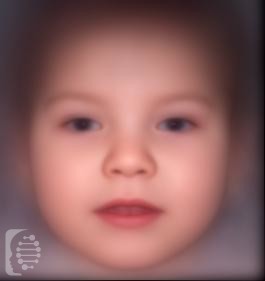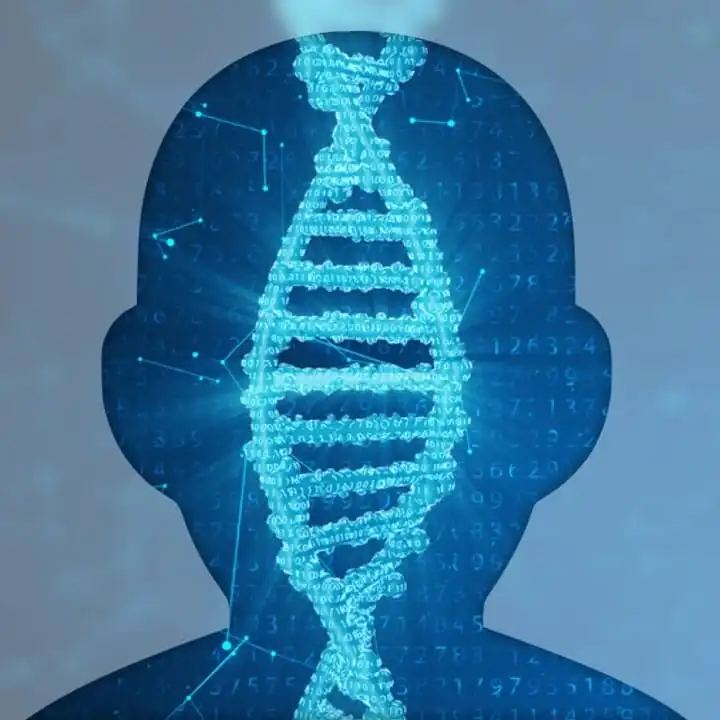What is Lissencephaly?
Lissencephaly is a rare brain malformation syndrome that may by itself be considered as standalone syndrome, or it may also be one of the symptoms of other syndromes such as Miller-Dieker.
This brain malformation is known as agyria or pachygyria (absent or incomplete development) of the brain- specifically concerning the ridge on the cerebral cortex of the brain. This means instead of presenting with folds and ridges, the brain appears smooth.
What gene change causes Lissencephaly?
The genetic changes responsible for the syndrome include mutations in the following genes: PAFAH1B1, RELN, TUBA1A, NDE1, KATNB1, CDK5, ARX and DCX among others. There is still more research to be done in fully understanding the causes of this condition.
All types of inheritance have been described.
What are the main symptoms of Lissencephaly?
Those individuals affected by isolated Lissencephaly, as in just the brain malformation and no other syndrome, have symptoms such as a small head, small jaw, and indentation of the temples of the head.
Other related symptoms, usually present at birth and in infancy, include issues with feeding, failure to thrive, low muscle tone in early infancy followed by an increased muscle tone in later infancy, and delayed or impacted motor skills.
Possible clinical traits/features:
Gray matter heterotopia, Global developmental delay, Hypoplasia of the brainstem, Muscular hypotonia of the trunk, Lissencephaly, Intellectual disability, Postnatal microcephaly, Ventriculomegaly, Pachygyria, Seizure, Spastic tetraparesis, Sporadic, Variable expressivity, Abnormality of the cerebral white matter, Cerebellar hypoplasia.
How is it diagnosed?
To find out if someone has a diagnosis of Lissencephaly, it is important to have a consultation and evaluation with a clinical genetic specialist. Specialists may also suggest specific genetic testing or other types of tests to help reach a diagnosis. FDNA’s AI technology can help speed up the diagnostic process by analyzing facial features and other health information.

